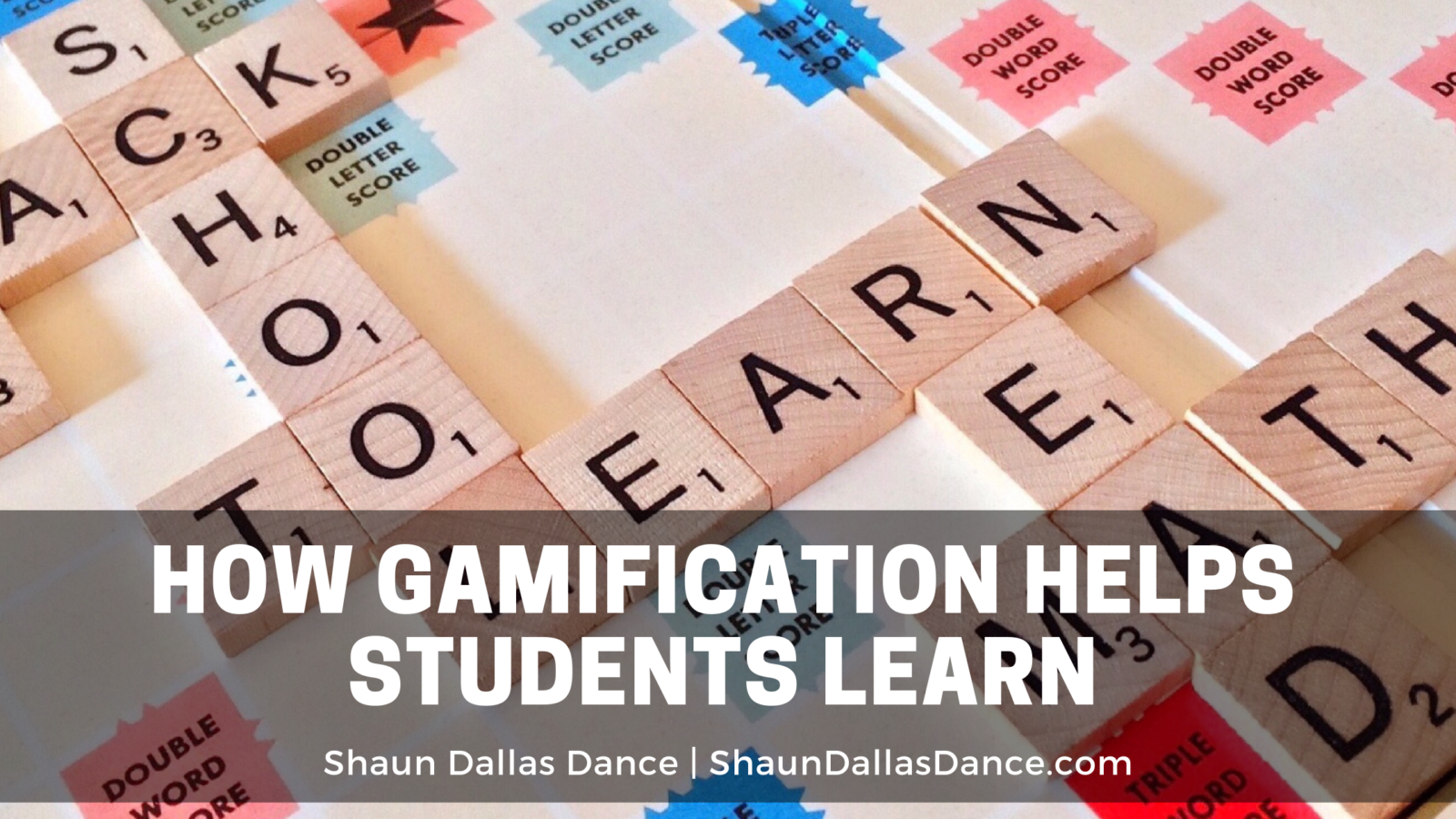Believe it or not, gamification has been in the classroom for years. It’s only been in the last decade or so that the term has been more commonly used to describe the practice. That might make one wonder: what is gamification?
Gamification pulls game-design elements into other fields, such as education. It turns what would otherwise be boring activities into something fun and trackable, creating room for rewards and other incentives.
Based on that description alone, it is already easy to see how much impact gamification can have on a child’s education. When appropriately applied, gamification can create excitement in the classroom, encouraging children to actively participate in their own learning.
Making Education Fun
Experts have long known that students that are more invested in learning are more likely to succeed. In other words, those that want to learn will. Naturally, that has caused a push towards making education fun.
Gamification adds game-based elements to the mix. For competitive students, that alone might be enough to motivate them. For other students, point scoring, teamwork, and rewards can all help to create a fun and motivating experience.
Instantaneous Feedback
Many benefits come with gamification, but one of the most significant is instantaneous feedback for students. Students (and even adults) can quickly see how their points are adding up, which tells them how much they have learned or practiced within a given period of time.
This helps students understand when they are doing something right. Knowing when something is done correctly (or incorrectly) from the start can help improve the way a student learns.
Examples
What are some examples of gamification in the classroom? Gamification doesn’t require an elaborate plan (though that is always an option, especially when more complex lessons are on the table).
Gamification happens when a teacher hands out points or rewards for work well done. It can be something as simple as a basic tracker towards individual students’ goals and objectives.
Alternatively, gamification can be the encouragement towards healthy competition within the classroom. Such as a spelling bee with prizes at the end. All of these methods will help children take ownership of their education, which will create lifelong learning.
Article originally published on ShaunDallasDance.com


